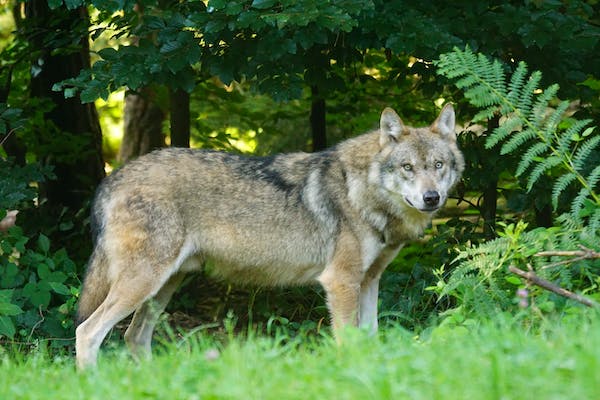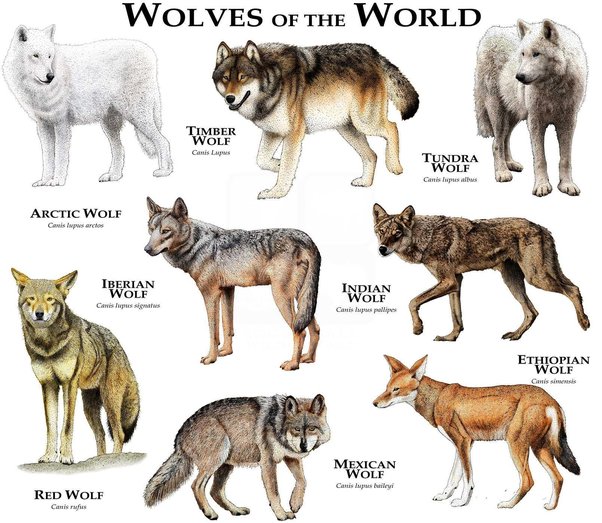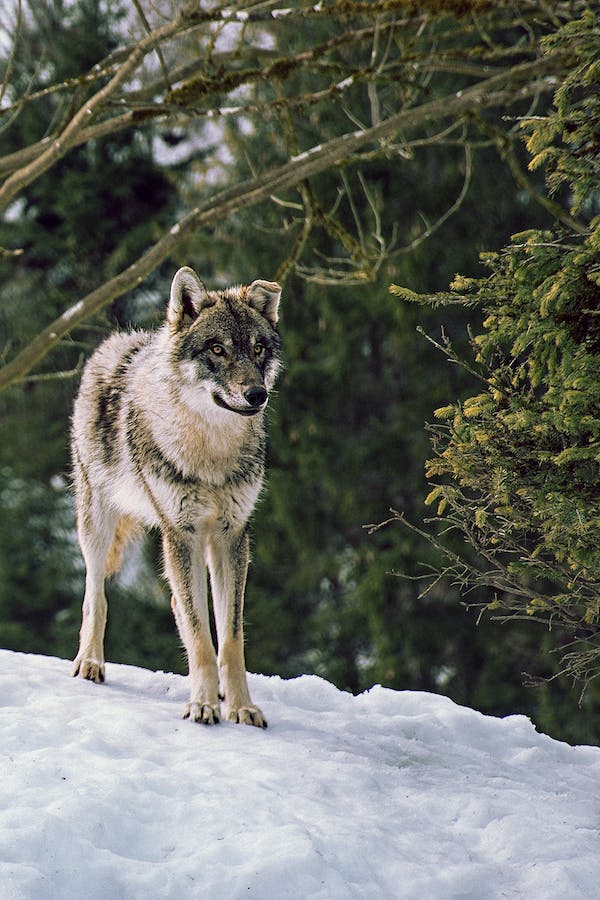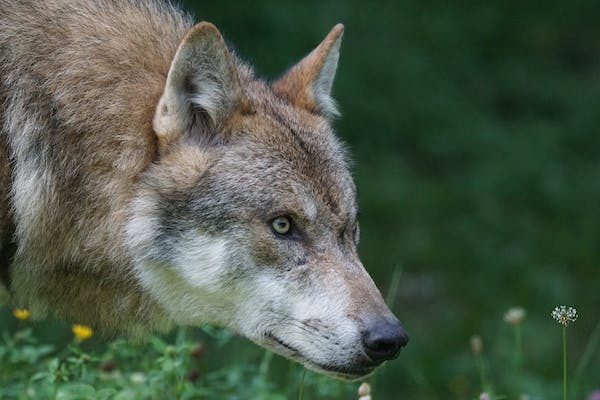
Wolves: Taxonomy, Habitat, Diet, Species
Introduction:
Wolves, often depicted as mysterious and majestic creatures, hold a significant place in both the natural world and human culture. This article delves into the intricate details of these apex predators, exploring their taxonomy, habitat, dietary habits, mating rituals, nesting behavior, conservation status, and much more.
Taxonomy:
- Kingdom: Animalia (Animals)
- Phylum: Chordata (Chordates)
- Subphylum: Vertebrata (Vertebrates)
- Class: Mammalia (Mammals)
- Order: Carnivora (Carnivores)
- Family: Canidae (Canids)
- Genus: Canis
- Species: lupus
Wolves are part of the Canidae family, which also includes other canids like foxes, coyotes, and domestic dogs. The gray wolf is a highly adaptable species with a wide distribution, found in various habitats across North America, Europe, Asia, and even parts of Africa.

Species of Wolves:
Gray Wolf (Canis lupus)
Red Wolf (Canis rufus)
Arctic Wolf (Canis lupus arctos)
Mexican Wolf (Canis lupus baileyi)
Eastern Wolf (Canis lycaon or Canis lupus lycaon)
Ethiopian Wolf (Canis simensis)
Himalayan Wolf (Canis lupus chanco)
Iberian Wolf (Canis lupus signatus)
These are some species of wolves.

Habitat and Range:
Diverse Habitats:
Forests:
Wolves are often associated with dense forests, where they navigate through the trees and undergrowth in pursuit of prey.
Grasslands:
Open grasslands and prairies are also within the wolf’s habitat range, providing opportunities for hunting and establishing territories.
Tundra:
Arctic and subarctic tundras are home to subspecies like the Arctic wolf (Canis lupus arctos), showcasing the adaptability of wolves to extreme cold.
Global Distribution:
North America:
Wolves are found in various regions, including the forests of the Pacific Northwest, the tundra of Alaska, and the high mountain ranges of the Rockies.
Europe:
Wolf populations exist in European countries, utilizing habitats ranging from the dense boreal forests of Scandinavia to the open landscapes of Eastern Europe.
Asia:
Wolves inhabit diverse environments across Asia, from the Siberian taiga to the arid steppes.
Territorial Behavior:
Wolves are known for their territorial behavior, establishing and defending territories that can range widely depending on factors like prey density and pack size.
Territorial boundaries are often marked with scent markings, howling, and other forms of communication to communicate ownership and deter rival packs.

Dietary Habits:
Apex Predators:
Wolves are apex predators, meaning they are at the top of the food chain in their ecosystems. They play a crucial role in regulating prey populations, contributing to the overall health of the ecosystem.
Hunting Strategies:
Wolves are highly skilled hunters that employ various strategies. They are known for both cooperative group hunting and individual pursuits.
Pack hunting involves coordinated efforts to surround and bring down prey, often targeting large ungulates such as deer, elk, or moose.

Mating Behavior:
Social Structure:
Wolves typically live in family groups known as packs. These packs are organized hierarchically, with an alpha pair (breeding male and female) leading the group.
The pack structure facilitates cooperative hunting, pup-rearing, and overall survival.
Monogamous Pairs:
The alpha pair, or breeding pair, is usually monogamous. They form a strong bond and are the primary contributors to the pack’s reproduction.
Gestation and Pup Rearing:
After mating, the female undergoes a gestation period before giving birth to a litter of pups.
The entire pack contributes to raising and protecting the pups. Older siblings, aunts, and uncles often play roles in the care and education of the young.
The gestation period for wolves is typically around 63 days. During this time, the female prepares the den, and the pack provides support by bringing her food.

Conservation Status:
Historical Persecution:
Wolves have faced historical persecution by humans due to conflicts with livestock, fear, and misconceptions. This persecution led to significant population declines in various regions.
Current Threats:
Habitat loss, fragmentation, and human-wolf conflicts continue to pose threats to wolf populations. Unregulated hunting and poaching also contribute to the challenges faced by wolves.
Conservation Efforts:
Conservation efforts have been implemented worldwide to protect and restore wolf populations. These include habitat conservation, reintroduction programs, and public education to foster coexistence.
